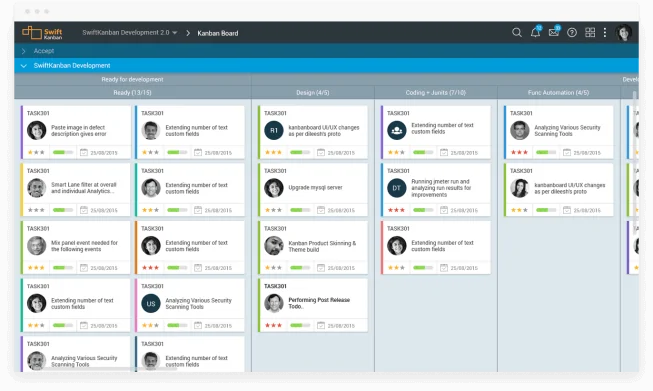Cycle time (or System Lead Time as some call it) is one of the most common metrics used to measure the effectiveness of a Kanban system. Cycle time is the time taken by a Kanban card to move from start to end on the board (or some part thereof). As you start using a Kanban system and implementing its principles, ideally the cycle time of the system should reduce. In David Anderson’s initial blogs “http://www.djaa.com/why-kanban-why-focus-lead-time-reduction” he has clearly emphasized the importance of reducing the lead or cycle time of a Kanban system. Besides the obvious advantage of “faster-time-to-market” or faster delivery of value to customer, lead time reduction usually mean reduction of wait times in the overall workflow as the Kanban system helps to highlight and reduce different types of waste, including time between handoffs, blocked time due to waiting on external (or internal) dependencies, etc.



